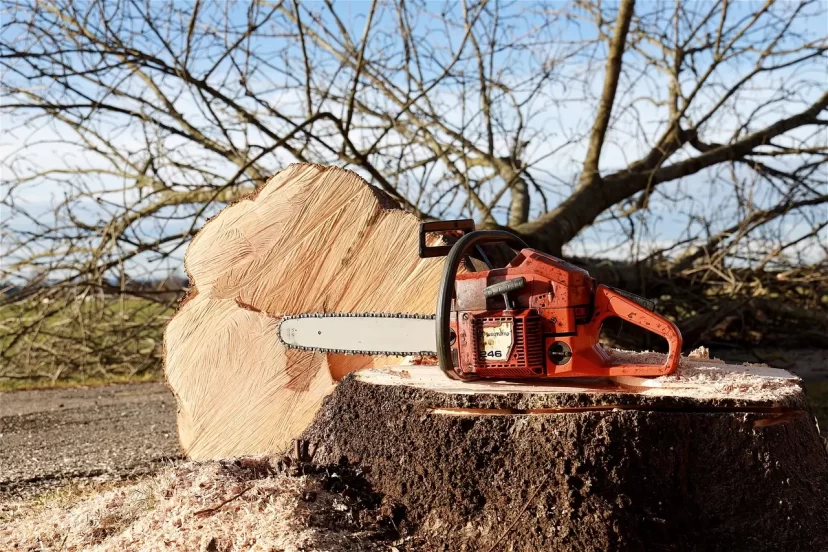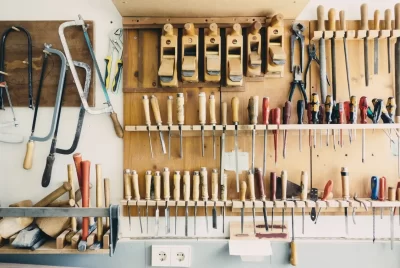How to Use a Chainsaw: A Comprehensive Guide
Chainsaws are powerful tools that can make your yard work and woodcutting tasks much more efficient. However, they can also be dangerous if not used correctly. In this article, I will share my expertise as an enthusiast and advisor on chainsaws, covering proper techniques, different types of chainsaws, and which one is best for various situations. Whether you’re a seasoned pro or a beginner, this guide will provide valuable insights to help you use a chainsaw safely and effectively.
Introduction
Why Learn to Use a Chainsaw?
Using a chainsaw can be immensely satisfying, whether you’re cutting firewood for a cozy winter or tackling a tree that needs removal. However, it’s crucial to approach chainsaw operation with the right knowledge and techniques to ensure your safety and the effectiveness of your work. In this comprehensive guide, I’ll walk you through everything you need to know about using a chainsaw, from safety precautions to selecting the right tool for the job.
Safety First
Protective Gear
Before we dive into using chainsaws, let’s start with the most critical aspect: safety. Safety should always be your top priority when working with a chainsaw. The right protective gear can make a significant difference in preventing accidents.
To begin, ensure you have the following gear:
Chainsaw Chaps: These special pants are designed to stop the chainsaw chain in case of a kickback, protecting your legs from serious injuries.

Safety Helmet: A helmet with a face shield and earmuffs will shield your head, eyes, and ears from flying debris and excessive noise.
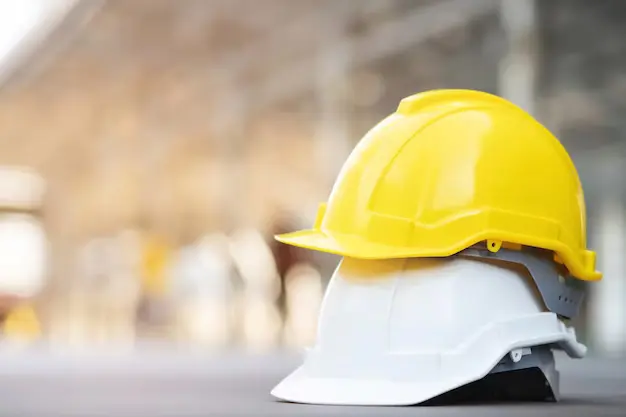
Gloves: Sturdy, anti-vibration gloves will provide a better grip on the chainsaw and reduce fatigue.

Steel-Toed Boots: Protect your feet with steel-toed boots, as you’ll often be working in uneven terrain.
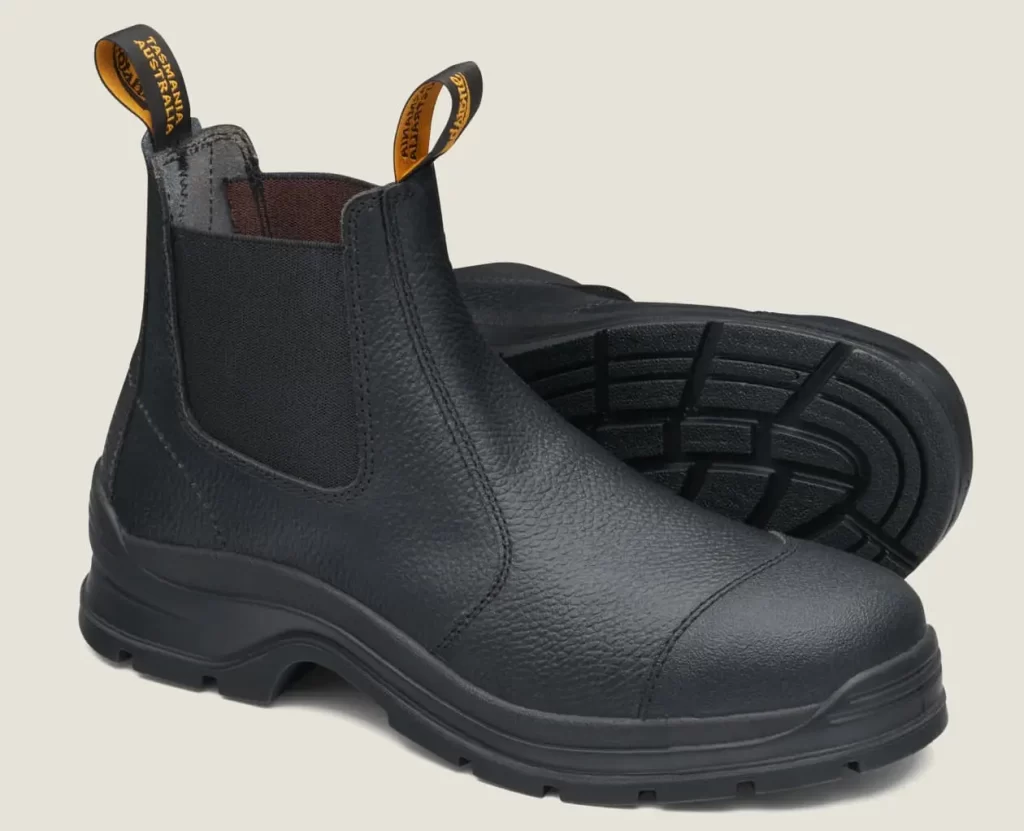
Eye Protection: Safety goggles or glasses will shield your eyes from wood chips, dust, and debris.

Checking Your Chainsaw
Before every use, it’s essential to inspect your chainsaw thoroughly. This includes:
- Checking for loose or damaged parts.
- Ensuring the chain is properly tensioned and sharp.
- Verifying that the safety features like the chain brake are functioning correctly.
- Confirming that the fuel and oil levels are sufficient for your task.
Creating a Safe Work Area
Whether you’re cutting firewood in your backyard or tackling a larger project, it’s crucial to establish a safe work area:
- Clear the area of debris and obstacles.
- Make sure there are no people or pets in the immediate vicinity.
- Plan your escape route in case of unexpected tree movement.
- Always have a first-aid kit and a fire extinguisher nearby.
Understanding Chainsaw Types
Chainsaws come in various types, each with its advantages and disadvantages. Understanding these types will help you choose the right one for your needs.
Gas-Powered Chainsaws
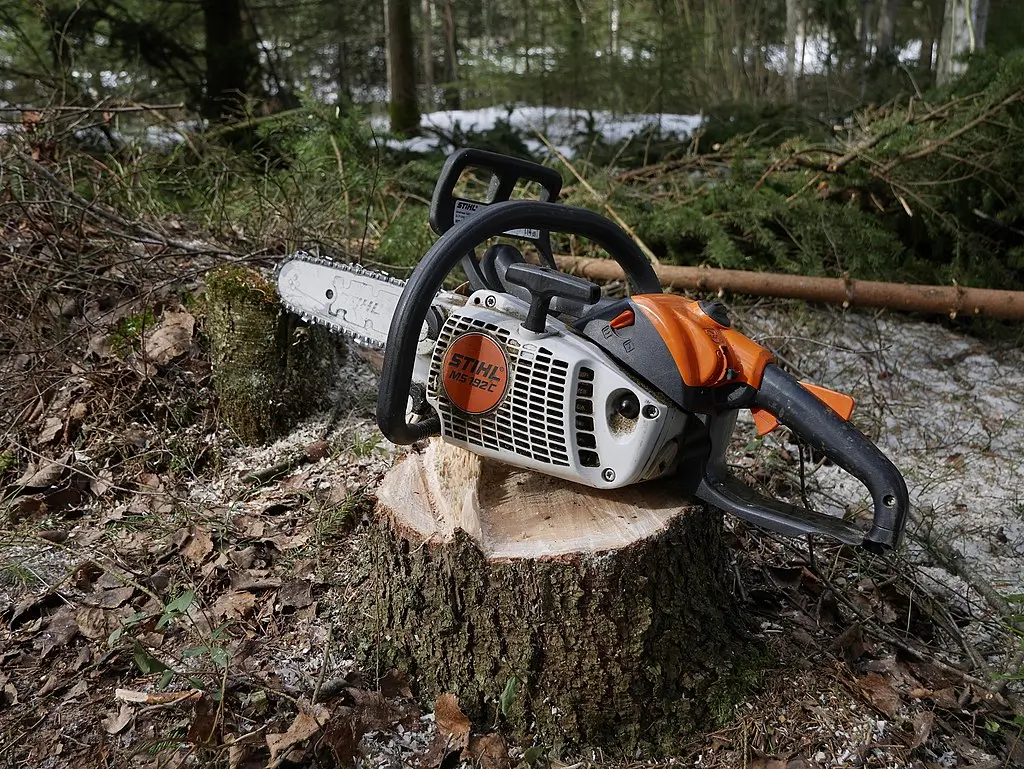
Gas-powered chainsaws are the most common type and are known for their power and versatility. They are suitable for heavy-duty tasks but can be noisy and require more maintenance.
Electric Chainsaws

Electric chainsaws are quieter, lighter, and require less maintenance than gas-powered ones. They are ideal for smaller tasks and residential use but may be limited by the length of the power cord.
Battery-Powered Chainsaws
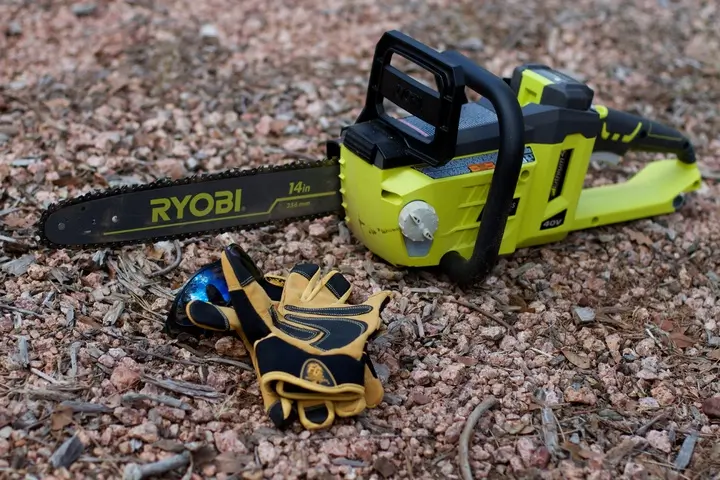
Battery-powered chainsaws are cordless and offer a balance between power and portability. They are perfect for medium-sized tasks and provide the freedom to move without being tethered to a cord.
Pole Chainsaws
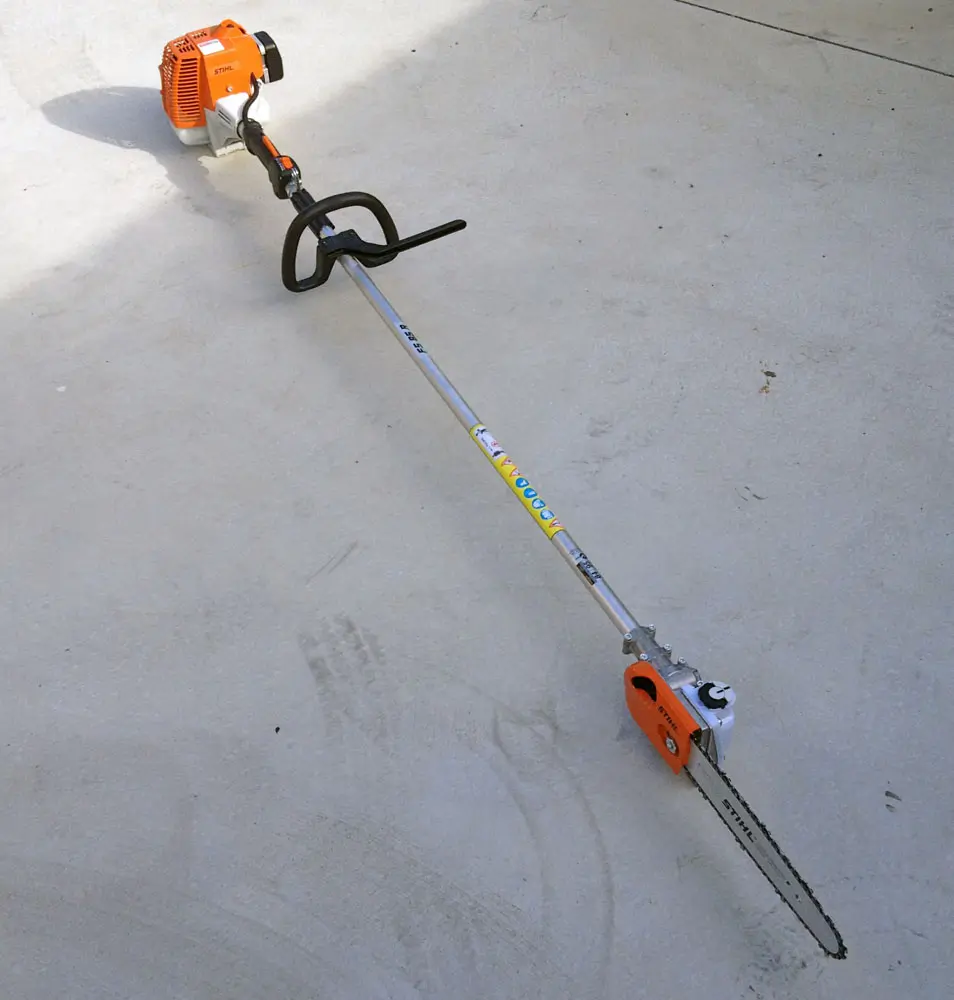
Pole chainsaws have an extended reach and are designed for pruning and trimming trees. They have a unique design with a long pole that allows you to reach high branches safely.
Choosing the Right Chainsaw
Selecting the right chainsaw involves considering several factors that match your specific needs. Let’s explore these factors in more detail.
Small vs. Large Chainsaws
The size of your chainsaw should correspond to the size of the tasks you typically undertake. Smaller chainsaws are more manageable for light work, while larger ones handle heavy-duty cutting.
Bar Length
The bar length determines the size of wood you can cut in a single pass. Longer bars are suitable for larger logs, but they can be challenging to control for beginners.
Chain Pitch and Gauge
The chain pitch and gauge refer to the size of the chain. Different chains are designed for various tasks, so it’s crucial to match the chain to your intended use.
Weight and Ergonomics
Consider the weight and ergonomics of the chainsaw. A lightweight and well-balanced chainsaw is more comfortable to use for extended periods.
Starting Your Chainsaw
Now that you have the right chainsaw let’s learn how to start it correctly to ensure smooth operation.
Cold Start vs. Warm Start
The starting procedure differs when your chainsaw is cold or warm. Cold starts require a choke, while warm starts skip this step.
Proper Starting Technique
Follow these steps for a successful start:
- Place the chainsaw on a flat, stable surface.
- Engage the chain brake.
- Set the choke (for cold starts).
- Pull the starter cord firmly and smoothly until the engine fires.
- Release the choke (for cold starts) once the engine starts.
Troubleshooting Startup Issues
If your chainsaw doesn’t start, check for issues like a clogged air filter, a spark plug that needs cleaning or replacement, or old fuel.
Basic Cutting Techniques
Now that your chainsaw is running let’s explore the fundamental cutting techniques.
The Three Cuts: Bore Cut, Top Cut, Bottom Cut
When felling a tree, you’ll use a combination of these three cuts to control the direction of the fall.
- Bore Cut: This cut creates a notch on the side of the tree facing the direction you want it to fall.
- Top Cut: Made directly above the bore cut, the top cut determines the depth of the notch.
- Bottom Cut: Made on the opposite side of the tree, this cut meets the bore cut to create a hinge.
Maintaining the Correct Chain Tension
Proper chain tension is crucial for efficient and safe cutting. A loose chain can derail, while an overly tight chain can damage the saw or cause kickback.
Avoiding Kickback
Kickback is a sudden and dangerous upward motion of the chainsaw bar. To avoid it, always maintain a firm grip, keep the chain sharp, and follow proper cutting techniques.
Maintaining Your Chainsaw
To ensure your chainsaw’s longevity and performance, regular maintenance is essential.
Chain Sharpening
A sharp chain makes cutting easier and safer. Use a round file or an electric sharpener to maintain a sharp edge.
Chain Lubrication
Proper lubrication of the chain and bar is critical. Always check and top up the chain oil reservoir before each use.
Cleaning and Storage
After use, clean your chainsaw, remove debris, and store it in a dry place. Regularly inspect for wear and tear and replace any damaged parts.
Advanced Techniques
Once you’ve mastered the basics, you can explore more advanced techniques.
Limbing and Bucking
Limbing involves removing branches from a fallen tree, while bucking is cutting the trunk into manageable sections. Both require precision and skill.
Felling Trees Safely
Felling trees is a complex task that demands careful planning and execution. Always follow safety guidelines and consider seeking professional help for larger trees.
Dealing with Pinched Chains
A pinched chain can be dangerous and challenging to free. Learn the proper technique to safely remove it without damaging your chainsaw.
Best Chainsaws for Different Situations
Let’s delve into the best chainsaw options for various common scenarios.
Cutting Firewood
For cutting firewood, a mid-sized chainsaw with a bar length of 16 to 20 inches is ideal. It offers a good balance between power and manoeuvrability.
Clearing Brush and Small Trees
A smaller chainsaw with a bar length of 12 to 16 inches is suitable for clearing brush and small trees. It’s lighter and easier to handle.
Professional Logging
If you’re involved in professional logging, you’ll need a powerful, large chainsaw with a longer bar to handle large trees.
Tips for Efficiency
Working efficiently with a chainsaw not only saves time but also conserves energy.
Planning Your Cuts
Before you start cutting, plan your cuts to minimize movement and maximize efficiency.
Cutting Techniques to Save Energy
Use the correct techniques, such as letting the weight of the chainsaw do the work, to reduce fatigue.
Maximizing Battery Life (for Battery-Powered Chainsaws)
If you’re using a battery-powered chainsaw, optimize its battery life by using the right chain, maintaining proper chain tension, and keeping the chain sharp.
Troubleshooting and Maintenance Tips
Even with proper maintenance, chainsaws can encounter issues. Here are some common problems and their solutions.
Chainsaw Won’t Start
If The chainsaw won’t start, check for issues with the spark plug, air filter, fuel lines, and carburetor. Clean or replace as needed.
Chain Gets Stuck
If the chain gets stuck in the wood, don’t force it. Use wedges and levers to release it safely.
Excessive Vibration
Excessive vibration can lead to discomfort and fatigue. Inspect your chainsaw for loose parts and replace any damaged components.
Safe Handling of Fuel and Oil
Handle gasoline and chain oil with care, and always store them in approved containers. Avoid smoking while refueling.
Preventing Accidents
Stay focused and avoid distractions while using a chainsaw. Never operate a chainsaw under the influence of alcohol or drugs.
Chainsaw Exhaust and Noise
Chainsaws are loud, and their exhaust emits harmful fumes. Always wear hearing protection and operate the chainsaw in well-ventilated areas.
Conclusion
By now, you should feel confident in your ability to use a chainsaw safely and effectively. Remember, practice makes perfect, so take your time to hone your skills. Whether you’re cutting firewood for your home or tackling more significant projects, a chainsaw can be a valuable tool when used correctly.
FAQs
- Is it necessary to wear chainsaw chaps even for small tasks?
- While chaps may seem unnecessary for small tasks, accidents can happen anytime. It’s advisable to wear chainsaw chaps regardless of the job’s size to protect yourself from potential injury.
- What’s the key difference between a gas-powered and electric chainsaw?
- The primary difference lies in the power source. Gas-powered chainsaws are more potent but louder and require more maintenance. Electric chainsaws are quieter and easier to maintain but may have limited mobility due to the power cord.
- How often should I sharpen the chainsaw chain?
- The frequency of sharpening depends on usage. In general, you should sharpen the chain whenever it becomes dull, which can range from every few hours of use to after every few days.
- Can I use any type of bar and chain oil, or should I stick to the manufacturer’s recommendations?
- It’s best to follow the manufacturer’s recommendations for bar and chain oil. Using the recommended oil ensures optimal lubrication and prolongs the life of your chainsaw.
- What should I do if my chainsaw stalls in the middle of a cut?
- If your chainsaw stalls during a cut, immediately release the throttle trigger and engage the chain brake. Inspect the chain for any obstructions, remove them carefully, and restart the chainsaw following proper starting procedures.
Summary
In this comprehensive guide on “How to Use a Chainsaw Tool,” we provide essential insights and techniques for safe and effective chainsaw operation. Beginning with an emphasis on safety measures and protective gear, we explore various chainsaw types, starting procedures, basic cutting techniques, and maintenance tips. Whether you’re cutting firewood or tackling more substantial tasks like professional logging, this guide equips you with the knowledge and skills needed to use a chainsaw effectively and safely. Now that you’re well-informed about chainsaw use, go out and tackle your tasks with confidence and safety in mind. Happy cutting!

